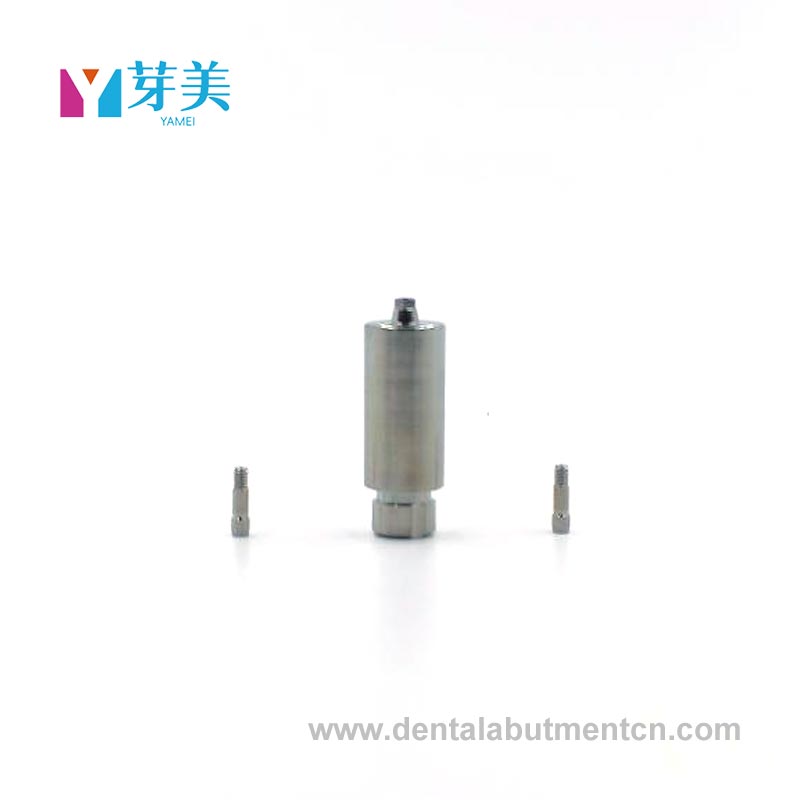- English
- Español
- Português
- русский
- Français
- 日本語
- Deutsch
- tiếng Việt
- Italiano
- Nederlands
- ภาษาไทย
- Polski
- 한국어
- Svenska
- magyar
- Malay
- বাংলা ভাষার
- Dansk
- Suomi
- हिन्दी
- Pilipino
- Türkçe
- Gaeilge
- العربية
- Indonesia
- Norsk
- تمل
- český
- ελληνικά
- український
- Javanese
- فارسی
- தமிழ்
- తెలుగు
- नेपाली
- Burmese
- български
- ລາວ
- Latine
- Қазақша
- Euskal
- Azərbaycan
- Slovenský jazyk
- Македонски
- Lietuvos
- Eesti Keel
- Română
- Slovenski
How to Choose the Right Permanent Dental Implant System for Different Patient Needs?
2025-04-29
Dentists should evaluate these factors when selecting implant systems:
Patient-Specific Anatomy: Assess bone density, gum health, and oral structure. For patients with low bone volume, advanced options like basal implants (anchored in cortical bone) or zygomatic techniques eliminate the need for grafting.
Material Quality: Titanium remains the gold standard for biocompatibility and osseointegration, while ceramic-coated surfaces reduce biofilm formation and infection risks.
Efficiency & Workflow: Systems like the "Permanent Teeth in 3 Days" protocol combine basal implants with immediate-load crowns, enabling full-arch restoration within 72 hours—ideal for patients seeking rapid results.

How Do Technological Innovations Enhance the Success of Permanent Dental Implants?
Cutting-edge advancements are revolutionizing implantology:
Guided Surgery: 3D cone-beam imaging and digital planning software ensure precise implant positioning, minimizing surgical errors and optimizing outcomes.
Ultrasonic Bone Cutting: Piezoelectric devices allow minimally invasive bone shaping, preserving soft tissues and accelerating healing.
Smart Surface Treatments: Nanotextured implant surfaces enhance osseointegration rates, while antimicrobial coatings reduce peri-implantitis risks.
Cutting-edge advancements are revolutionizing implantology:
Guided Surgery: 3D cone-beam imaging and digital planning software ensure precise implant positioning, minimizing surgical errors and optimizing outcomes.
Ultrasonic Bone Cutting: Piezoelectric devices allow minimally invasive bone shaping, preserving soft tissues and accelerating healing.
Smart Surface Treatments: Nanotextured implant surfaces enhance osseointegration rates, while antimicrobial coatings reduce peri-implantitis risks.
If you are interested in our products or have any questions, please feel free to contact us and we will reply you within 24 hours.




